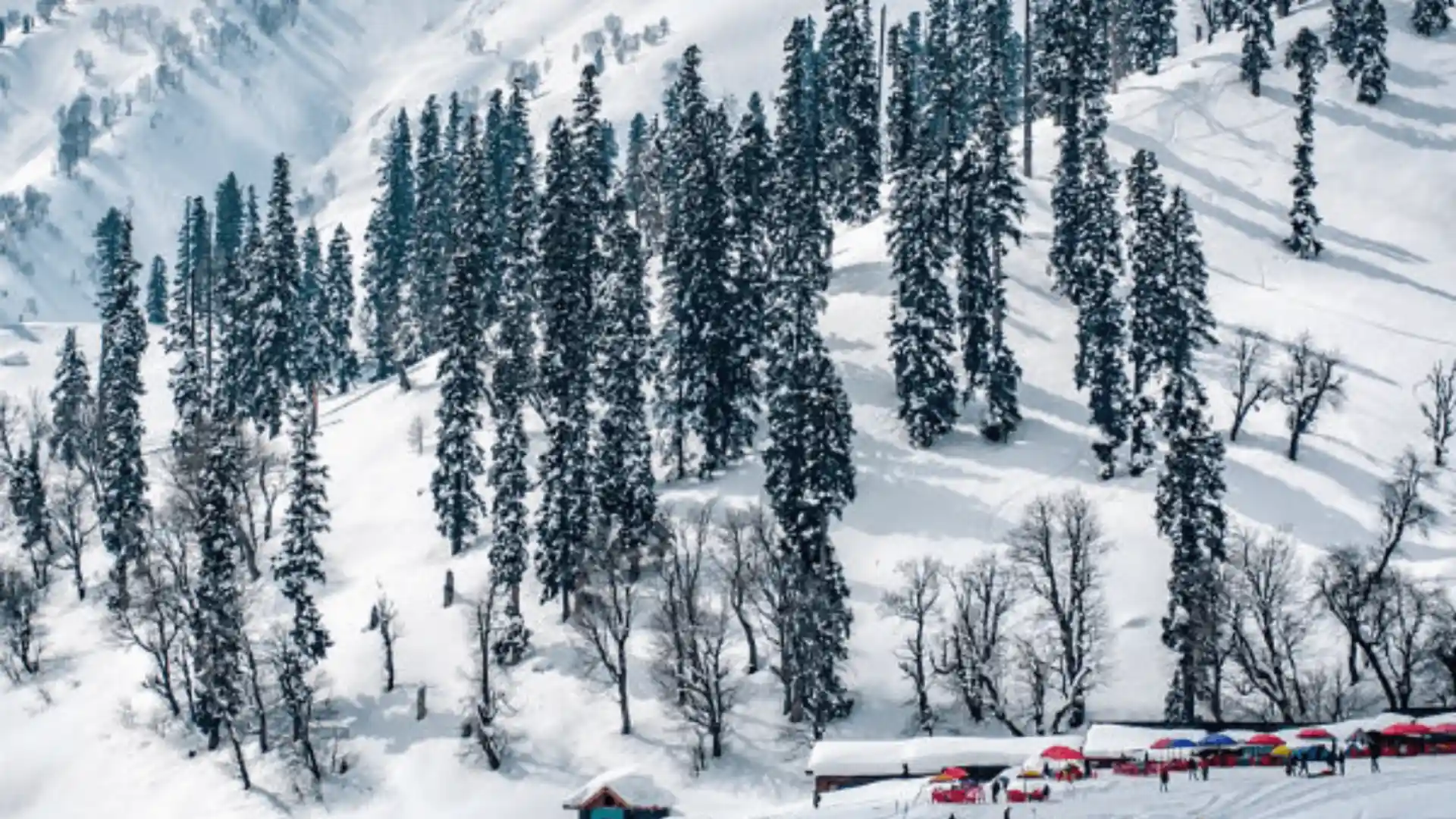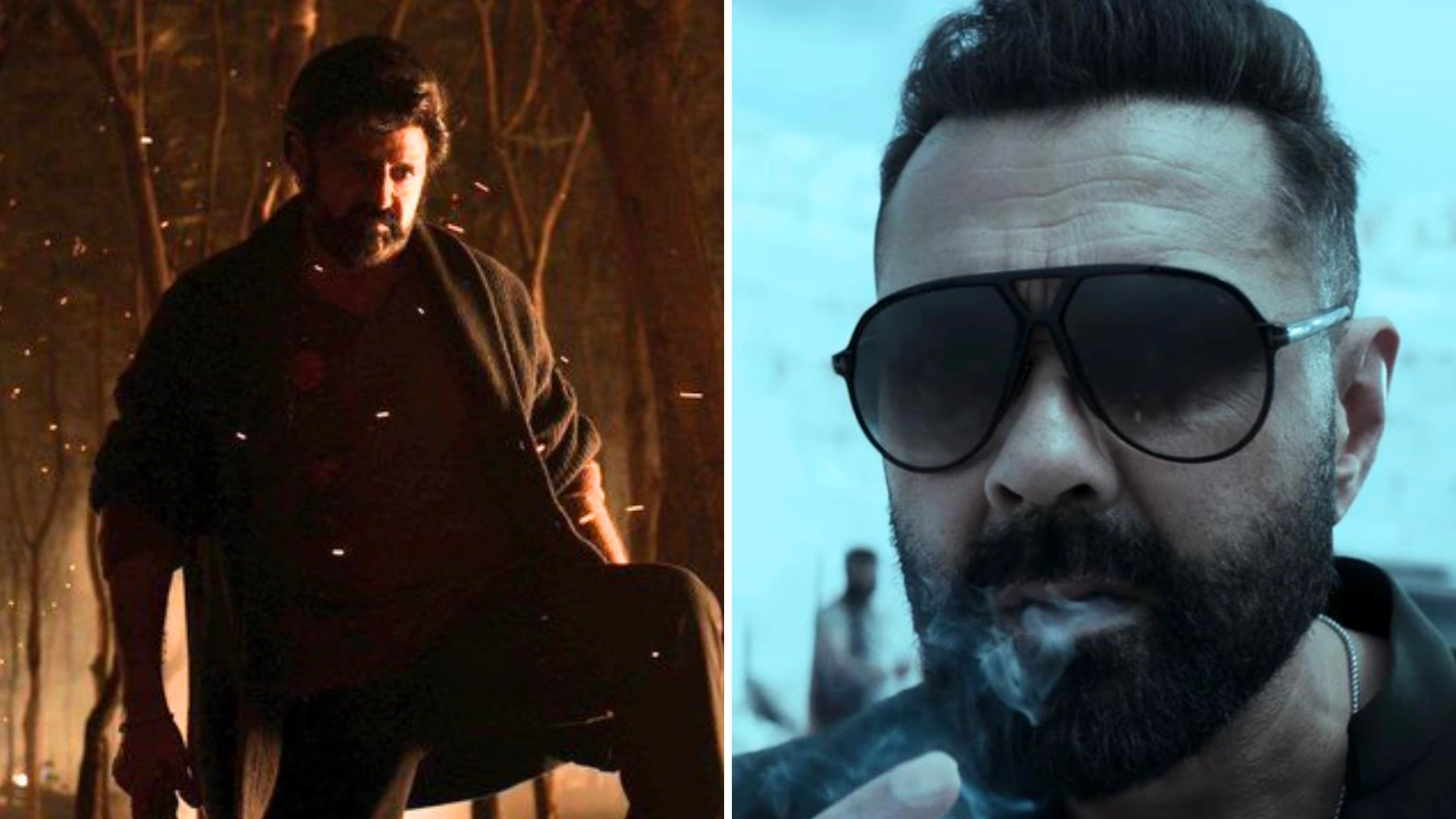On New Year’s Eve, sky gazers across parts of the United States are in for a special treat—an opportunity to witness the dazzling northern lights, also known as the aurora borealis. This spectacular display will be a result of a powerful geomagnetic storm, which is expected to light up the skies in several states.
What Is a Geomagnetic Storm?
A geomagnetic storm is a disturbance in Earth’s magnetic field caused by solar wind or coronal mass ejections (CMEs) from the Sun. These storms can cause high-energy particles from the Sun to interact with Earth’s atmosphere, producing the stunning lights visible near the poles. The recent CME, which occurred on December 29, is expected to intensify the geomagnetic storm, making auroras visible further south than usual.
Northern Lights Visible as Far South as Illinois and Oregon
According to the National Oceanic and Atmospheric Administration (NOAA), the geomagnetic storm will be classified as a G3, meaning it’s a strong enough storm to cause auroras visible in areas not typically able to see the northern lights. The NOAA Space Weather Prediction Center has issued a warning, predicting that people in mid-latitude regions, including parts of Illinois, Oregon, and even more southern areas, could witness the spectacular lights.
While the auroras may first appear at sunrise, they are expected to peak after sunset on December 31. This will provide a mesmerizing alternative to the typical New Year’s Eve fireworks for those lucky enough to be in the right locations.
Solar Activity Leading to Increased Aurora Activity
The current solar activity has been particularly intense, with frequent solar flares, including an X-class flare, which are known to cause significant geomagnetic activity. Ryan French, a solar astrophysicist, noted that the Sun has been particularly active over the past few days, with several solar flares resulting in Earth-directed eruptions. These eruptions are expected to enhance the geomagnetic storm, making the aurora display even more vivid.
French shared his excitement about the upcoming aurora event, stating: “The Sun has really stepped up over the past few days, with frequent solar flares, including a strong X-class event! A selection of these flares produced Earth-directed eruptions, expected to trigger a strong geomagnetic storm (bringing aurora) on the 31st!”
The aurora display is not expected to be limited to New Year’s Eve. Forecasters predict that the solar storm will continue to influence the geomagnetic field, meaning more northern lights will be visible on New Year’s Day after sunset. This extended opportunity for observing the aurora gives sky watchers in affected regions more chances to witness this breathtaking phenomenon.
Where to See the Northern Lights?
For those in the United States hoping to catch a glimpse of the northern lights, the best viewing spots will be in northern latitudes, though the auroras may extend as far south as places like Illinois and Oregon. The best time to look for the northern lights will be during the evening, when the skies are darkest, and when the geomagnetic storm is at its peak.
This New Year’s Eve, celestial events will make the celebration even more spectacular for sky gazers across the United States. The northern lights, driven by a powerful solar storm, are expected to put on a show unlike any other. Whether you’re in the northern states or mid-latitude regions, it’s the perfect opportunity to welcome the New Year under the glow of the aurora borealis.
Read More : In Syria, Former Rebels Take Over Assad’s Military Housing Amid Restructuring




















